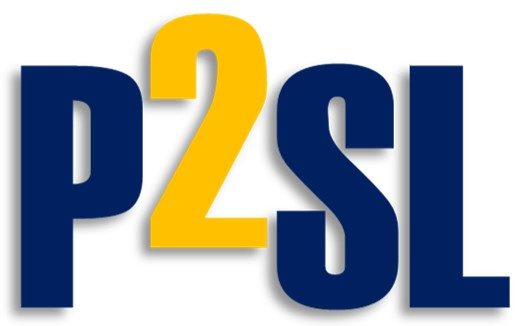Target Value Design
Target Value Design (TVD), refers to the application of Target Costing (TC) to the delivery of projects in the Architecture-Engineering-Construction (AEC) industry. This design method radically differs from what has become the traditional way of designing and making products. Rather than treating cost as an outcome of wasteful design-estimate-rework cycles, TVD is a method that makes customer constraints (on cost, time, location, and others) drivers for design in pursuit of value delivery.
TVD relies on such practices as:
- Involve Key Participants Early in the Project
Getting the right people at the right time. Involving downstream players such as contractors, fabricators, and specialty trade partners in the validation and design process when their input can have the most impact.
- Collaborate, Really Collaborate
Co-location, Building Information Model (BIM), Integrated Project Delivery (IPD), and Big-Room meetings all promote collaboration.The Target Value Design team members work closely with each other to find innovative ways of saving cost without compromising scope, schedule, or quality.
- Develop Goals Collaboratively
Working with the owner, the team first tries to understand the customer’s purpose for the project and what is valuable to him. The team jointly develops a mission statement and the goals for the project. Design is steered towards the owner’s value and aligns ends, means, and constraints.
- Pursue Continuous Improvement
“Lowering the river to reveal the rocks” -Taiichi Ohno. The Target Value Design team sets stretched goals to spur innovation. Learning coupled with relentless reflection and the pursuit of the ideal allows for continuous improvement.
- Steering Design to a Target Value
Setting an allowable cost based on the value or worth of the project to the owner. Working together, the design and construction tries to find innovation that can lower costs without compromising on scope or quality.
Publications
How to Make Shared Risk and Reward Sustainable
Target Value Design as a Method for Controlling Project Cost Overruns
Introduction to Target Value Design
The Lean Project Delivery System: An Update
Target Value Design Benchmark 1.0
Technical Report on the Design Phase of 3 TVD Projects
CMAA’s Managing Integrated Project Delivery
Integrated Agreement for Lean Project Delivery
Integrated Project Delivery Requires a New Project Manager
What is Target Value Design?
The origins of Target Value Design (TVD) can be traced back to Toyota’s Target costing (TC) approach. Originally introduced in Japan in the 1970s under the name of Genka Kikaku, Target costing is an approach to reduce the overall cost of a product over its entire life cycle, with the help of all the firm’s department and the active contribution from the supply chain. TC’s objective is to achieve a desired profit margin by steering design and construction to the corresponding target cost.
Target Value Design is the adaptation of TC to the pecularities of the construction industry. Unlike manufacturing where we produce one product for many customers, construction projects are largely unique with one product for one customer. TVD contains three key elements: 1) a feasibility study at the beginning of the project (ideally with the key project participants) to determine the client’s values and constraints, 2) setting the target cost to the amount that the client is willing or able to pay, and 3) designing to a constructing to that target cost. Application of this technique promise to help the construction industry raise the number of successful outcomes by allowing the project team to effectively control project costs.
About P2SL’s Target Value Design Research Group
UC Berkeley’s Project Production Systems Laboratory’s (P2SL) Target Value Design Research Group was formed in 2009 to study the design and construction of hospital projects in California in which Target Value Design (TVD) and Integrated Project Delivery (IPD) are used. Since the process is fairly new, the aim of our research is to study the TVD process, understand problems that arises on a these projects, and take our lessons learned to improve upon the process.
Phase I of the TVD research initiative focused on three projects:
- Sutter Castro Valley ($230 million),
- Sutter Alta Bates ($220 million), and
- UCSF Mission Bay Medical ($750 million).
Phase II of the TVD research initiative started in the Fall of 2013. The research scope expanded to include several other major projects in California and invited more industry thought leaders to join in the study.
Acco Engineered Systems
1050 Commercial St., Suite 102
San Jose, CA 95112
408.452.1462

DPR Construction, Inc.
Dean Reed
1450 Veterans Boulevard
Redwood City, CA 94063
TEL 650/474-1450
FAX 650/474-1451
deanr@dprinc.com

Herrick Steel
3003 EAST HAMMER LANE
PO BOX 8429 95208
STOCKTON, CA. 95212
PHONE NO. 209 956 4751
FAX NO. 209 956 1004

J.W. McClenahan Co.
PO Box 1149
2301 Palm Avenue
San Mateo, CA 94403Tel: 650.345.1691
Fax: 650.345.5681








